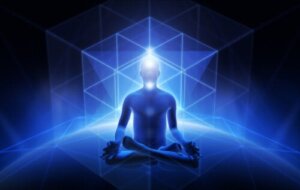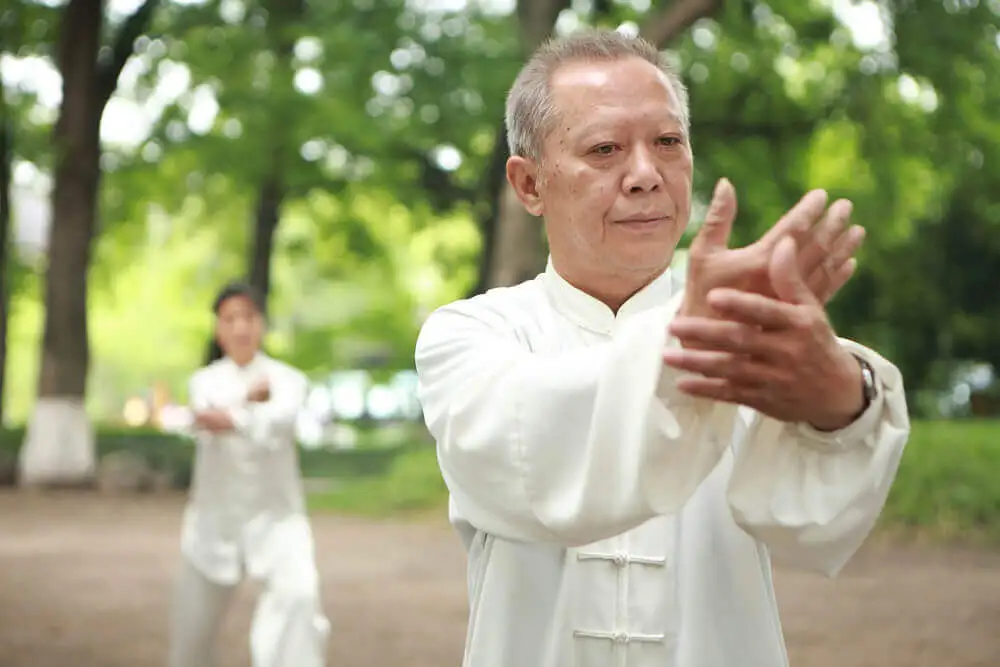Body Awareness: What It Is, The Benefits, and Tips


Reviewed and approved by the psychologist Elena Sanz
The simplest way to define body awareness is to say that it’s the ability to listen to what your body is saying. In doing so, you know yourself better and this leads to a deeper and better quality of self-care.
It’s very common for people to only think about their bodies when discomfort arises or their appearance changes. Body awareness is much more than that. It involves being attentive to our body, its condition, its movement, and its overall well-being.
Ideally, this body awareness should begin to form during childhood. Unfortunately, this almost never happens, and many of us reach adulthood without really knowing what the body is like, how it speaks, and how to listen to it.
What is body awareness?
Body awareness is the ability to form a realistic mental picture of the parts of the body, including where they are, how they relate to each other, and how they move. In short, it’s about connecting with your own body. This is also known as kinesthesia.
Such awareness involves the proprioceptive and vestibular systems. The former tells you where your muscles are and how they move. The latter allows you to orient yourself in space and maintain balance, posture, and head stability.
Body awareness also involves the ability to pick up signals from your body: hunger, thirst, tiredness, etc. It’s also associated with more complex situations, such as sexual desire or the need for companionship.
The benefits of body awareness
Body awareness is important for better physical and emotional health. It’s also important for taking care of movements, learning new tasks, and having better motor performance. Some of the specific benefits are the following.

We think you may also enjoy reading this article: Micromeditation: What It Is, Its Benefits, and How to Practice It
Better control of movements
Having body awareness implies knowing where your body is located in space. That allows for a better mind-physical connection and translates into greater control of movements, as well as more balance and stability.
Weight control
A 2018 study indicated that people with less body awareness are more likely to eat more than is appropriate, even if they are not hungry. Therefore, the more awareness, the lower the risk of suffering from problems such as overweight and obesity.
Pain management
Research published in Plos One noted that people who were not well connected with their bodies also had low self-esteem, more depressive symptoms, and less physical contact with others. At the same time, those with more body awareness have more self-acceptance, greater vitality, and less physical pain.
Identifying and attending to the body’s needs
Identifying your body’s genuine needs helps you have a higher quality of life. For example, when you feel tired, you may experience it as a desire for chocolate or something that’s high in sugar. However, if you identify the need correctly, you can take a nap instead of eating something you don’t need.
Mental and emotional well-being
A lack of body awareness can also lead to stress, anxiety, depression, and even vertigo. If there’s no such connection to the body, you may feel insecure in your own location or movement. On the contrary, being mindful gives you security and peace of mind.
How do you develop body awareness?
There are several methods to develop body awareness. Ideally, this type of practice should be carried out regularly, to increase the mind-body connection gradually.
1. Perform a body scan
This consists of lying on the floor and closing your eyes. Then, begin to go over each part of the body, stopping a little on each one of them. Think and feel how each part is and move it to focus more of your attention. When you see fit, move on to another part and keep going like that.
2. Do movement activities with music
A good way to develop body awareness is to identify and follow the focus of your gaze. A good technique is to follow the rhythm of a song with the movements of the neck and carry out the following sequence:
- From right to left.
- From top to bottom.
- Diagonals to the left and then to the right.
- Form a circle with the neck in one direction and then in the other.
3. Balance exercises
All balance exercises are very suitable for increasing body awareness. You can start with something very simple, such as walking in a straight line without deviating. Also, try standing on one leg and holding it for 1 minute.
4. Walking backwards
Walking backwards is an excellent way to acknowledge your body. It forces you to make an unusual movement. Therefore, it demands more attention and coordination. Just be sure to remove any obstacles in the way.
5. Yoga
Yoga is the way par excellence to reach body awareness. In this practice, the connection between breathing and movement is trained. It offers multiple benefits for physical and mental health.
6. Taichi
Taichi is an ancient oriental practice, derived from martial arts. It involves slow, consciously directed movements linked to the breath.
It’s safe and effective for increasing body awareness. It also relieves stress and improves mood and rest. This is also known as moving meditation.

Like this article? You may also like to read: April 7, World Health Day: 6 Useful Tips to Take Care of Your Mental Health
7. Meditation practices
There are several meditation practices that increase body awareness:
- Body scan meditation: this is performed in the same way as body scanning. However, in this case, attention is focused on sensations of tension, pain, and numbness. It helps to reduce stress and pain.
- Yoga Nidra: this is a guided meditation introduces an intermediate state between wakefulness and sleep. It’s like a conscious nap in which the body sleeps, while the mind is awake.
- Active meditation, on the other hand, is almost the opposite of yoga nidra. It quiets the mind, while the body is in motion.
8. Body awareness therapies
In some cases, and for some people in particular, it may be more beneficial to see a therapist to help with the process of increasing body awareness. This may be physical therapy, occupational therapy, or somatic therapy.
Body awareness is for everyone
Everyone can benefit greatly from increasing body awareness. It’s not necessary to engage in any complex practice. As you have seen from these examples, there are some very simple exercises that can be done on a daily basis.
Body awareness exercises are very helpful for people who are recovering from an injury, have had surgery, or have a neurological condition. However, anyone can improve their physical and mental health when they develop this ability.
All cited sources were thoroughly reviewed by our team to ensure their quality, reliability, currency, and validity. The bibliography of this article was considered reliable and of academic or scientific accuracy.
- Proffitt, R., & Hill, S. (2018). Unpredictability, body awareness, and eating in the absence of hunger: A cognitive schemas approach. APA PsycNet. https://psycnet.apa.org/record/2018-28422-003.
- Cramer, H. (2018, 28 febrero). Being aware of the painful body: Validation of the German Body Awareness Questionnaire and Body Responsiveness Questionnaire in patients with chronic pain. Plos One. https://journals.plos.org/plosone/article?id=10.1371/journal.pone.0193000.
- Rodríguez Jiménez, R. M., Caja López, M. D. M., Gracia Parra, P., Velasco Quintana, P. J., & Terrón López, M. J. (2013). Inteligencia emocional y comunicación: la conciencia corporal como recurso. REDU. Revista de Docencia Universitaria, 11(1), 213-241.
This text is provided for informational purposes only and does not replace consultation with a professional. If in doubt, consult your specialist.








